A Comprehensive Guide To Cooking Oils: The Good, The Bad and The Ugly
This post may contain affiliate links. See my disclosure policy.
By Todd C. Killebrew, N.D.
With the enormous variety of cooking oils available on the grocery store shelves it can be very frustrating and confusing to decide which ones are the most healthy and how to properly use them. There are many differing opinions out there about which oils are good or bad, but many of the opinions are just that – opinion. And often they’re completely misinformed.
Of primary importance is which oils are stable when heated and thus don’t oxidize (ie, carcinogenic) or go rancid easily. Oxidation and/or rancidity can take an otherwise healthy oil and turn it into a free radical laced toxic swill that you do not want to ingest. Of equal importance is the oil’s fatty acid profile, which has a huge impact on its health benefits, or lack thereof.
This is not a comprehensive list of every edible oil on the planet, but I will cover oils that are commonly available for purchase, which ones to use, what to use them for and which ones to avoid altogether.
Before I get into the details of each oil let’s first discuss the basic biochemistry of the different groups of fatty acids they contain. This is important to understanding why certain oils should be used and others avoided.
Of particular importance is the degree of saturation of each fatty acid. I’ll explain. The more saturated a fat is the less prone it is to becoming oxidized from light and heat exposure, the less likely it is to go rancid, and therefore the more suitable it is for cooking involving heat. The less saturated they are the more prone they are to breakdown with light and heat. In these cases extra precaution needs to be taken – and certain types of oils are best avoided altogether.
Here are a few terms we’ll be referring to throughout the rest of the article as we discuss the different kinds of oil. It is useful to familiarize yourself with these terms as they determine whether an oil is good or bad and under what circumstances:
Saturated Fatty Acids (SFAs): Most of the fat found in meat, dairy and eggs falls into this category, however, some plant based oils contain large amounts of SFAs as well (e.g. coconut oil). They are referred to as saturated because their carbon chain structure is fully loaded (saturated) with hydrogen. They are usually solid at room temperature, stable at high heat and resistant to oxidation making them ideal for cooking. SFAs are often maligned as raising LDL (bad) cholesterol and promoting heart disease. This notion has been disproven yet continues to rear its head in medical thought, literature and practice.
Monounsaturated Fatty Acids (MUFAs): Unlike SFAs, MUFAs are missing one pair of hydrogen molecules from their carbon chain and so they are liquid at room temperature but usually solidify when placed in a refrigerator. MUFAs are generally found in nut and seed oils but can also be found in animal fat. They have been widely proven to be “heart healthy” by reducing LDL (bad) cholesterol and increasing HDL (good) cholesterol. Although they are not as stable under heat as saturated fats, they can withstand cooking at low heat without significant oxidation.
Polyunsaturated Fatty Acids (PUFAs): Found primarily in nut and seed oils, but also at high levels in fish oil, flax oil and to a lesser extent in animal fat. Their carbon chain structure is missing two or more hydrogen pairs, they are liquid in the refrigerator, and are unstable when heated making them very prone to oxidation when used for cooking. Because they oxidize so easily when heated they are especially prone to increasing heart disease risk through inflammation.
PUFAs include the essential omega-3 and omega-6 fatty acids (essential meaning they must be consumed in the diet as the body cannot produce them itself and are vital for biochemical function). Omega-3s are known to be powerfully anti-inflammatory and very beneficial, especially for heart and brain health. Omega-6s on the other hand (eg, “vegetable” oils) are also essential for health but tend to be over-consumed in the average American diet leading to excess inflammation, increased blood coagulation and a resultant increase in heat disease risk. Ideally one should consume a 1:1 – 3:1 ratio of omega-6s to omega-3s. It is suggested that the average American, however, consumes about a 10:1-30:1 ratio. This is a recipe for massive inflammation and the health issues that go along with it. This ratio is best kept low by simply limiting consumption of omega-6 containing oils and eating plenty of fish, flax and other omega-3 rich food sources.
Trans-fats: While these do occur in nature at low levels, they are mostly associated with the industrial process of hydrogenating PUFAs to convert them into saturated fats and make them more shelf stable. They have been shown to increase the risk of heart disease, decrease HDL (good cholesterol) and increase LDL (bad cholesterol). The evidence for their negative effect on cardiovascular health is such that the FDA classifies then as not generally recognized as safe.
Armed with this information, let’s examine some of the more commonly available oils on the market.
The Good: HEALTHY OILS
Olive Oil: Has been shown through decades of research to have numerous health benefits such as improving cholesterol levels (increases HDL and decreases LDL), preventing heart disease and inflammation. It is best used without heating (on salads or dipping for example) as it is primarily a monounsaturated fat and oxidizes when heated above 250 °F . Ideally it shouldn’t be heated above 200 °F. In other words, it can be used for very light sautéing. Stick with extra virgin olive oil, which is produced without chemical treatment. Keep it stored in a cool dark place as heat and light speed up the oil breakdown process.
Fatty acid profile – 15% SFAs, 75% MUFAs, 10% PUFAs (1% omega-3 and 9% omega-6)
Coconut Oil: This is perhaps the best oil for most cooking purposes as it is primarily a saturated fat and inherently stable when heated. Saturated fat is scary to many people and has been wrongfully linked with heart disease and obesity. Coconut oil is in fact incredibly healthy and has beneficial effects on blood lipid levels, has antimicrobial properties, etc. Use only organic virgin coconut oil which ensures that is has been minimally processed (no chemical, bleaching, deodorizing or refining). It is best for low to medium heat cooking, but should not be used for deep frying as it has a smoke point between 280-365 °F. Refined coconut oil can be used for high temperature cooking as its smoke point is 400-450 °F. However, it lacks many of the health benefits of raw coconut oil because the nutrients have been lost through the refining process. Because of coconut oil’s high percentage of SFAs it is solid at room temperature and has a relatively long shelf-life.
Fatty acid profile – 91% SFAs, 7% MUFAs, 2% omega-6
Palm Oil: Similar to coconut oil in that it is high in saturated fat and is very stable in medium heat cooking. However, there is a lot of controversy surrounding palm oil (palm oil plantations are often planted in environmentally precarious locations in Southeast Asia contributing to deforestation and putting certain species at greater risk for extinction). Coconut oil is just as good or better than palm oil in most respects, and is easier to find in stores.
Fatty acid profile – 51% SFAs, 39% MUFAs, 10% omega-6
Avocado Oil: It has a very similar fatty acid profile to olive oil and is also a healthy oil. Despite a low SFA content, it has a high smoke point of 475-520 °F, the highest of all plant derived oils, making it suitable for high heat cooking and frying. However, it is quite expensive and not easy to come by.
Fatty acid profile – 12% SFAs, 76% MUFAs, 12% omega-6
Butter: Like coconut oil that is also high in saturated fat, butter has long been demonized as a harbinger of clogged arteries. However, research is progressively showing that butter does not increase heart disease risk and actually has numerous health benefits for digestive health, weight control and, yes, even cardiovascular health. It is generally fine for medium to high heat cooking but because of its protein and lactose content it is prone to burning if cooked for too long at too high of heat. For this reason it should not be used for deep frying. It’s also because of its protein and sugar content that butter has so much flavor, especially when its caramelized.
Ghee (ie, clarified butter), does not have the lactose or protein of regular butter and is pure butter fat. Because of this it is even more suitable for high heat cooking and is a great choice for cooking at most temperatures.
Fatty acid profile – 68% SFAs, 28% MUFAs, 4% PUFAs (1% omega-3, 3% omega 6)
Lard, Tallow, Bacon Drippings: Their fatty acid content can vary quite a bit depending on the animal’s diet. For example, if the animal is grass or pasture fed it tends to have more SFAs and MUFAs and a high omega-3 content. If they are grain fed there tends to be more omega 6 PUFAs. With that in mind the fat from grass or pasture fed animals is the best choice between the two and is great for high heat cooking and frying. As with butter, current research simply does not substantiate what we’ve been told for the last several decades about animal fat contributing to heart disease, weight gain, and other health problems. (Future article to come. In the meantime, you can also refer to my article on The Truth About Full-Fat Dairy.)
Walnut Oil: Although it contains about 10% omega-3 fatty acids, it is also high in omega-6 fatty acids, and as such should be used sparingly. It has a great flavor, however, and lends itself well to occasional use in salads or added to a dish after cooking.
Fatty acid profile – 9% SFAs, 23% MUFAs, 63% PUFAs (10% omega-3, 53% omega-6)
Hazelnut Oil: Very similar in its composition to olive oil and is a great option for low heat cooking, used in salad dressings, or added to food after cooking. Very high in MUFAs and low in omega-6s.
Fatty acid profile – 11% SFAs, 78% MUFAs, 11% omega-6
Almond Oil: Similar in its composition to olive oil and hazelnut oil. A very healthy oil for low heat cooking or adding to food without heating.
Fatty acid profile – 9% SFAs, 73% MUFAs, 18% omega-6
Macadamia Oil: High in MUFAs and low in PUFAs and is accordingly not inflammatory. Similar to olive oil in that it can be used for low heat cooking. It has a rich flavor and is great for salads or sautéing. It would be a great choice for these purposes but it is quite expensive.
Fatty acid profile – 12% SFAs, 71% MUFAs, 10% omega-6
Sesame Oil: Highly flavorful and popular in Asian cuisine. However, it is high in PUFAs and should not be heated, so it is best added to dishes after cooking. While it is high in antioxidants, use only sparingly due to high omega-6 content.
Fatty acid profile -14% SFAs, 43% MUFAs, 43% omega-6
Lastly, though not for cooking, here are two great oils that commonly consumed for health reasons:
Fish Oil: An immensely healthy source of the omega-3s EPA and DHA, and is mostly PUFAs. As a result it is easily oxidized by heat and not suitable for cooking. Make sure you only eat wild caught fish and fish oil that are more likely to be free of toxins such as mercury and PCBs. Stay far away from farm raised salmon. It is much lower in omega-3s and is subject to a number of practices that diminishes its nutritional value and safety (e.g. they are fed chemicals to give them their distinctive orange color and are also given high levels of antibiotics).
Flax Oil: Like fish oil it is rich in omega-3s which are PUFAs and is not suitable for cooking. Unless you are vegan I recommend focusing on fish oil instead as the body cannot efficiently convert the ALA in flax oil to the active, highly beneficial EPA and DHA fatty acids found in fish oil. That said there no reason to avoid flax oil as it is part of a healthy diet. I do recommend only using it as freshly ground flax seeds because bottled flax oil and the oil in pre-ground flax tends to go rancid quickly.
The Bad and The Ugly: OILS TO AVOID
Canola oil: Unfortunately it is widely promoted as a healthy oil, but is wrought with controversy. On paper it looks pretty good with mostly MUFAs and a relatively high omega-3 percentage but it does not hold up well to closer scrutiny. A derivative of rapeseed oil, its name “Canola oil” is a shortened version of “Canada oil low acid.” Had they kept its actual name, rapeseed oil, probably no one would buy it, which really is just as well.
Here’s a little history on rapeseed oil: During the second world war, rapeseed oil was used on naval ships as a lubricant. When the war ended, there was so much farmland in Canada already dedicated to growing rapeseed that they wanted to find other uses for it. It took them until the 1970’s to figure out a way to make it fit for human consumption. Rapeseed oil is such a terribly foul tasting and smelling oil that it must be heavily refined, bleached and deodorized using harsh chemicals for it to be palatable. And that’s exactly what they’ve done to it. The end result is what is now called Canola oil. Canola oil is also prone to rancidity from the refining process and is often rancid before it even reaches store shelves.
Canola oil is largely used in cooking, frying, and in process foods, but since it contains a considerable amount of PUFAs in addition to often being rancid, this only heightens its inflammatory effects. Avoid it completely.
Fatty acid profile – 7% SFAs, 61% MUFAs, 32% PUFAs (11% omega-3, 21% omega-6)
Vegetable oil/Soybean Oil: These two terms are one and the same. While there is a category referred to as “vegetable oils”, there are no oils that are actually derived from vegetables, nor are they healthy like vegetables. Soybean oil is 54% omega-6 fatty acids. Again, this means pro-inflammatory and should be avoided completely. Unfortunately, because it is cheap to produce is one of the most common oils in processed foods. Browse through the ingredient labels on most everything the next time you’re at the grocery store and you’ll find soybean oil in a dizzying array of products. My wife and I spent a full 15 minutes looking through every bottle and brand of salad dressing and mayonnaise and couldn’t find a single one without it. Read labels carefully and avoid consuming any soybean oil-containing products.
Fatty acid profile – 15% SFAs, 23% MUFAs, 54% omega-6
Corn Oil: Corn oil is 58% omega-6 fatty acids, which means – you guessed it – pro-inflammatory and unsuitable for cooking. Again, because it is cheap to produce it is used in many processed foods.
Fatty acid profile – 13% SFAs, 29% MUFAs, 58% PUFAs (1% omega-3, 57% omega-6)
Sunflower Oil: Very high in PUFAs. An extremely poor choice all around.
Fatty acid profile – 12% SFAs, 16% MUFAs, 72% PUFAs (1% omega-3, 71% omega-6)
Grapeseed Oil: A byproduct of the wine-making industry. It is often promoted as healthy but it contains a whopping 70% omega-6 fatty acids which means it is very pro-inflammatory, not heart healthy and may worsen auto-immune disorders and other inflammation-based diseases. Avoid it.
Fatty acid profile – Fatty acid profile – 10% SFAs, 16% MUFAs, 70% omega-6
Peanut Oil: Often touted as healthy for frying and high in MUFAs, but it is too high in omega-6’s to be used for high heat cooking. It is best avoided. If you must deep fry something, peanut oil is still a better choice than Canola in my opinion, but they’re both bad. Really, deep-frying should just be avoided altogether. But it sure is easy to forget that when you’re served a plate of crispy deep-fried chicken or fish & chips. In the old days lard or tallow was used for deep-frying, which really is the better choice compared to the other options.
Fatty acid profile – 19% SFAs, 48% MUFAs, 33% omega-6
Safflower Oil: There two kinds of safflower oil from two different varieties of the safflower plant. One that is high in MUFAs and one that is high in PUFAs. Unfortunately the high PUFA version is the most widely available. It has even higher PUFAs than sunflower and grapeseed oils. Leave it on the shelf.
Fatty acid profile (High PUFA version) – 6% SFAs, 14% MUFAs, 75% omega-6
Cottonseed Oil: Same issues as with all of the other seed oils. High in omega-6s and, like Canola oil, is not even from an edible plant! I guess something has to be done with all of those leftover cotton seeds. Avoid it.
Fatty acid profile – 26% SFAs, 17% MUFAs, 52% omega-6
Trans-fats: Commonly sold in the form of margarine and vegetable shortening. As previously mentioned they are not considered safe by the FDA and are even banned in some places. Fortunately the FDA now requires that trans-fat content is listed on nutrition labels. Unfortunately, they still allow a certain level to exist in foods without requiring it to be reported. Added to that companies have become very adept and sneaking it in. Even if the label says zero trans-fats, look at the ingredients list for any mention of the words hydrogenated or partially-hydrogenated. If you see either of those run the other way!
Other things to keep in mind:
Buy all oils in small batches so you can use them before they go rancid. Really all oils should be stored in dark containers to avoid damage from light. Unfortunately that is not how most oils are sold.
Specifically, unsaturated fats like olive, avocado, palm, macadamia, walnut, fish and flax oil should be kept in a cool, dry, dark place as they are oxidized by light and heat. For example, don’t keep them near your stove/oven but rather in a place with a more consistent temperature. Also keep the lids on them tightly whenever they are not in use.
REQUESTS for future articles? Which health topics interest you?
Flaxseeds picture courtesy Sanjay Archavya via CC licensing

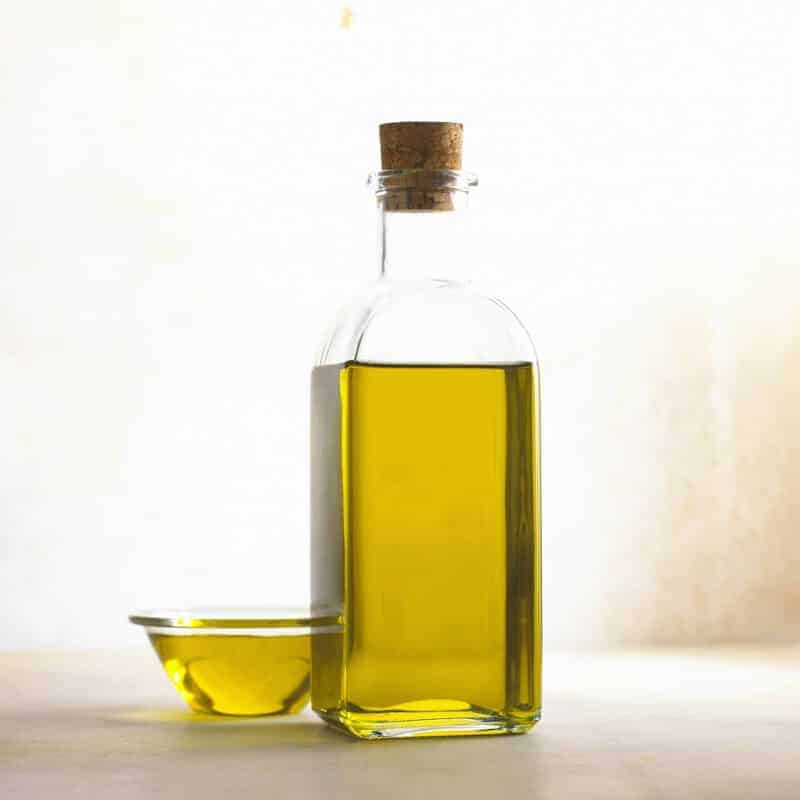

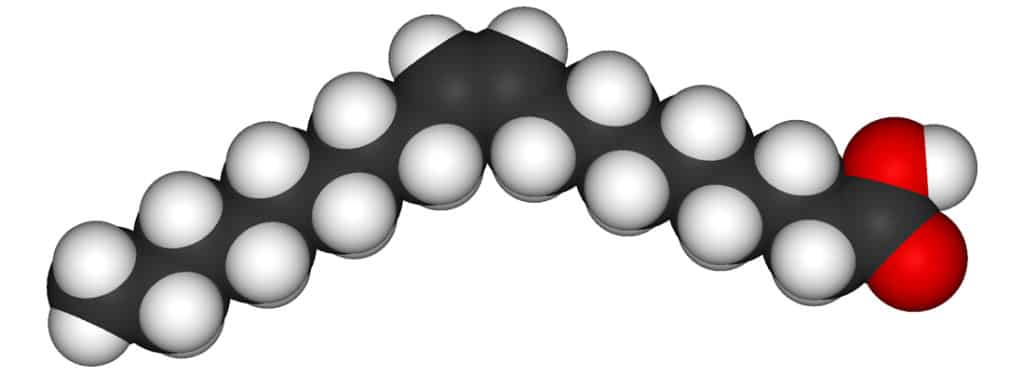


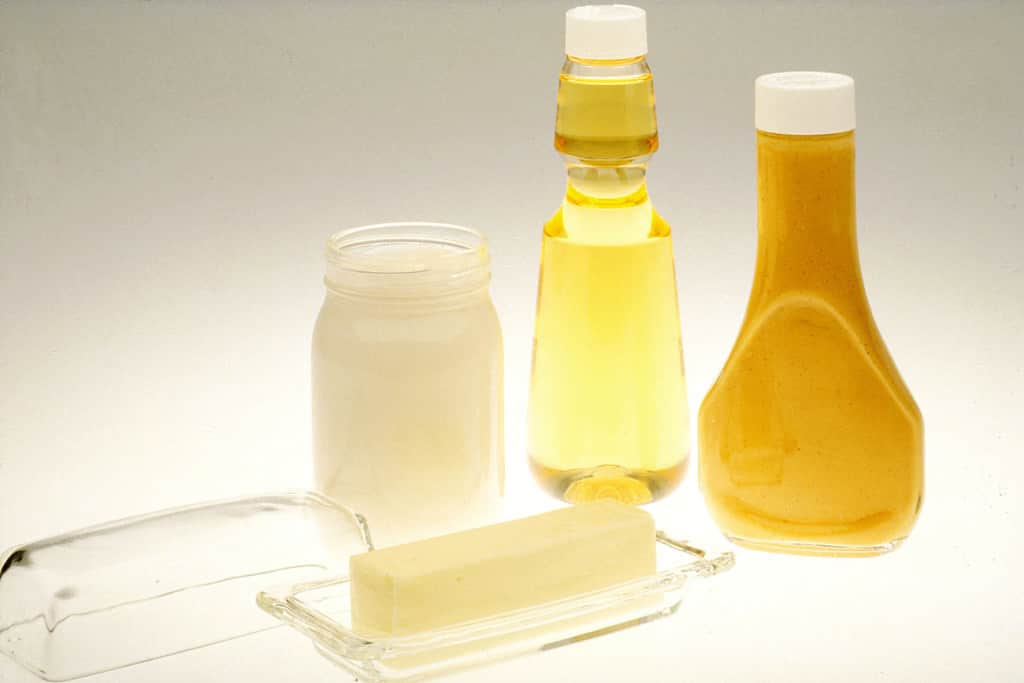
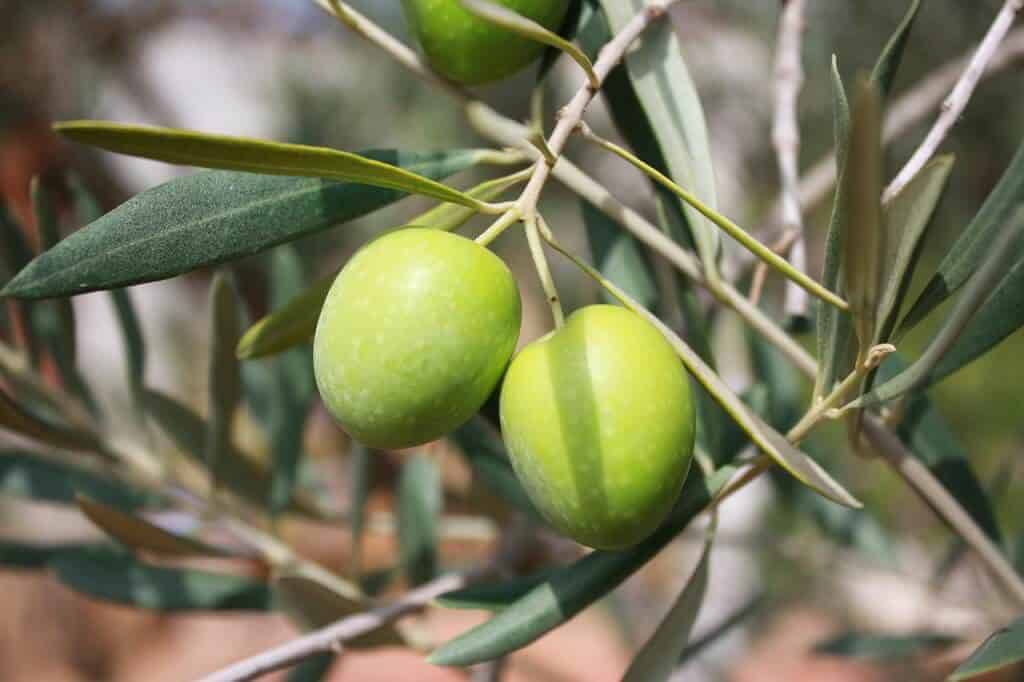
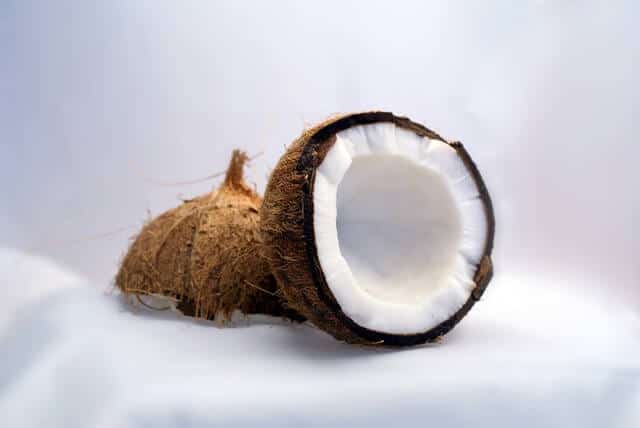

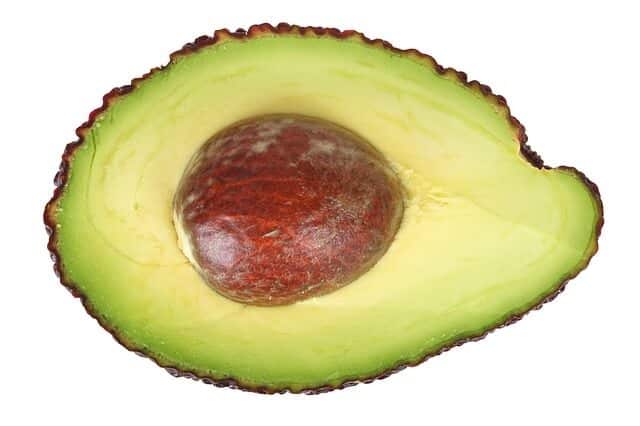
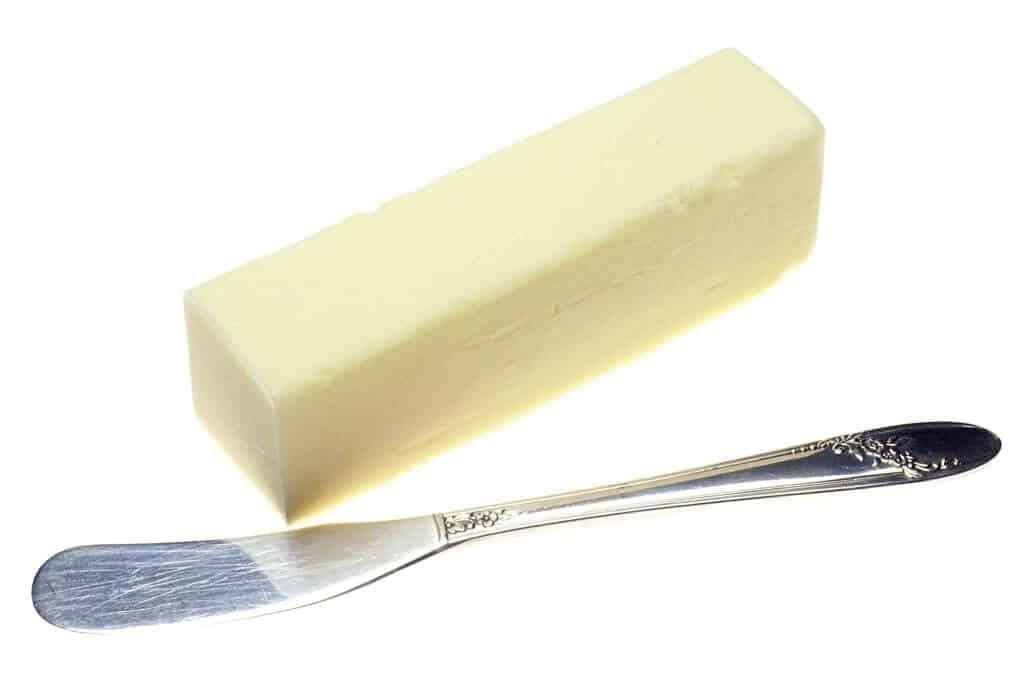
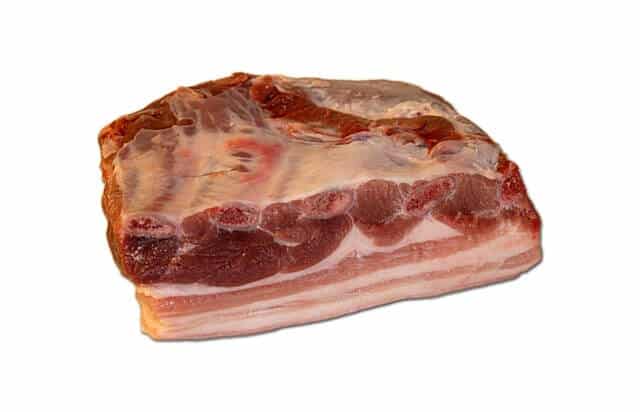
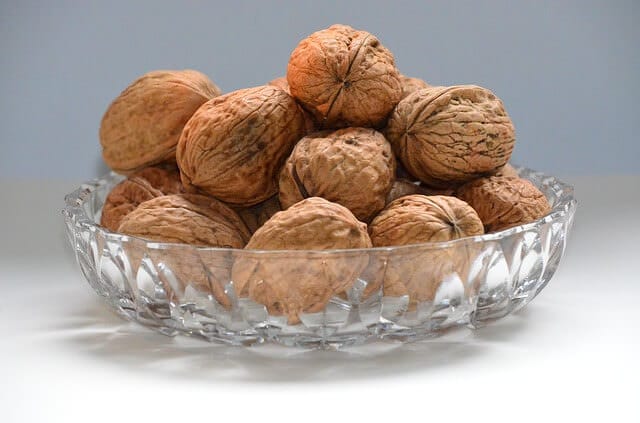
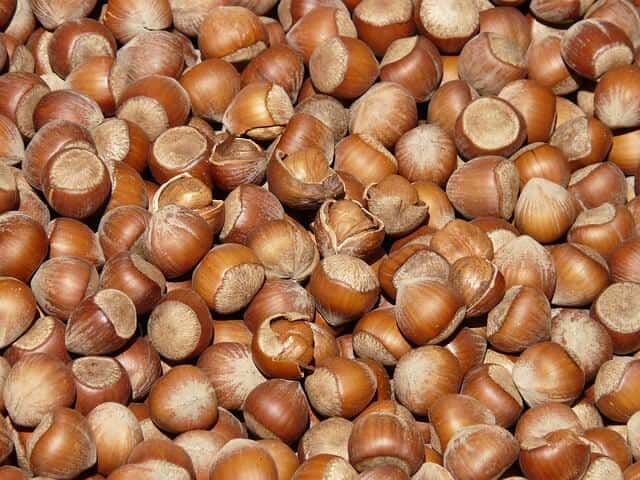
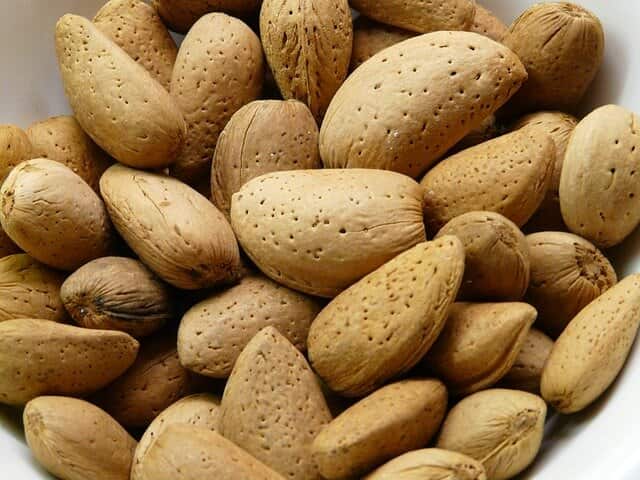
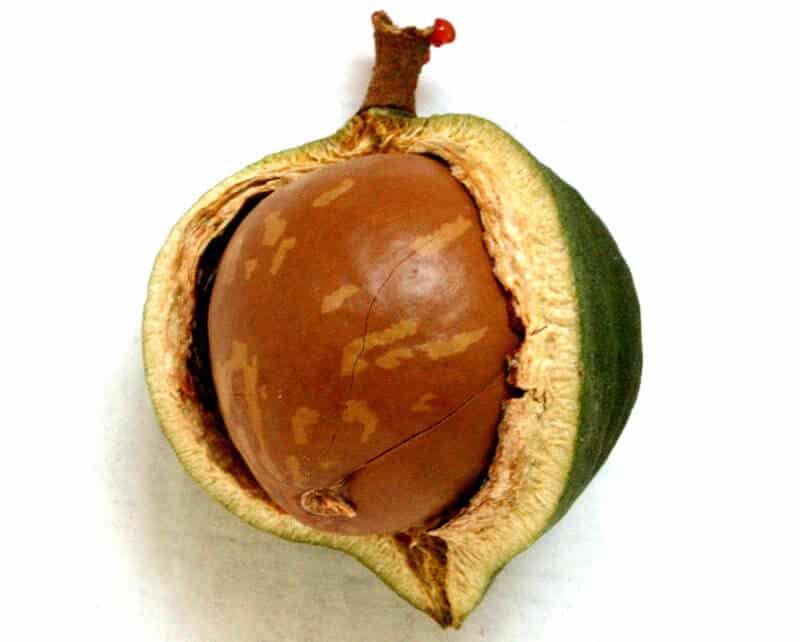
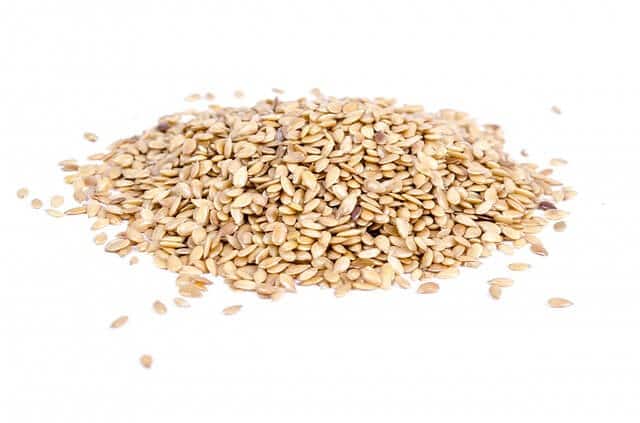
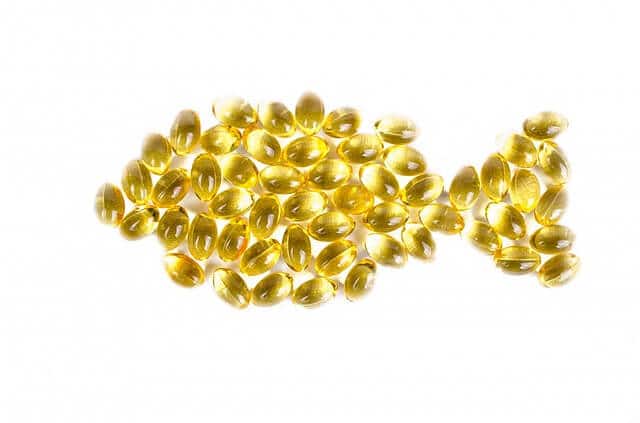
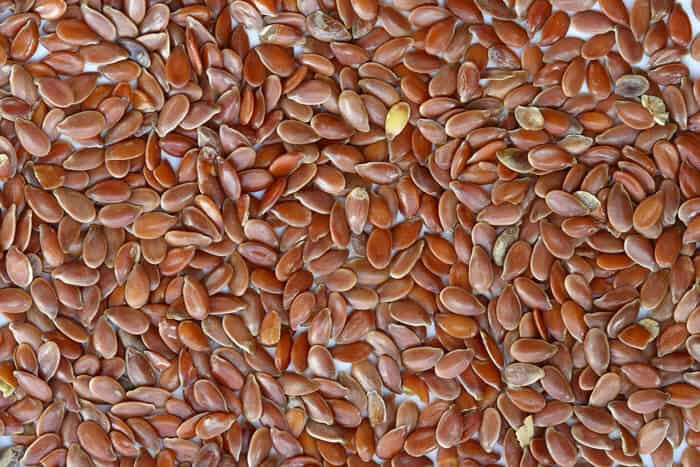
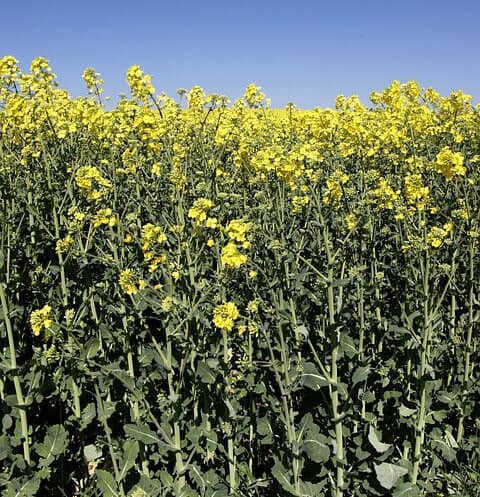
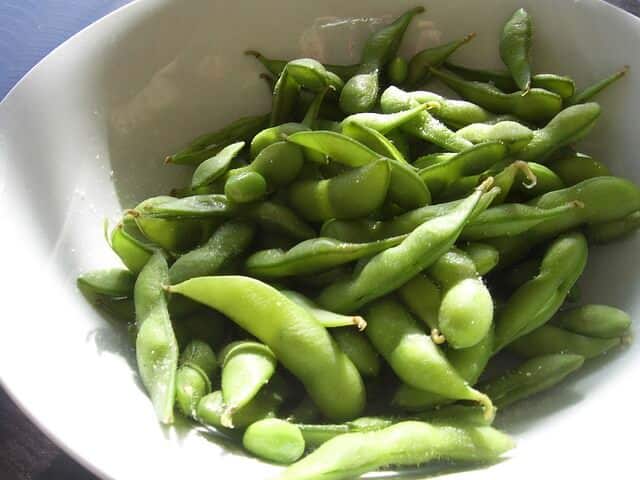
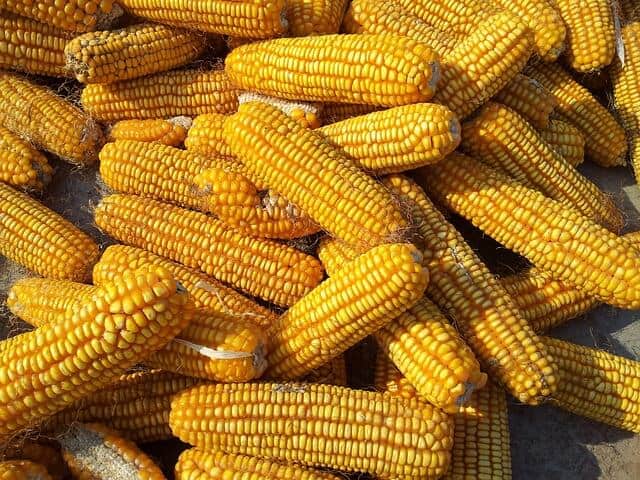

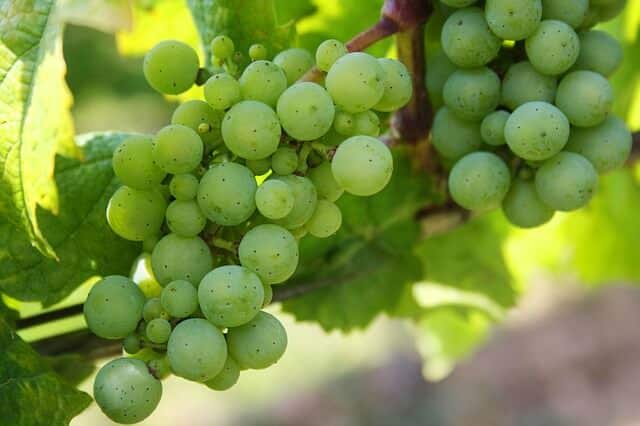
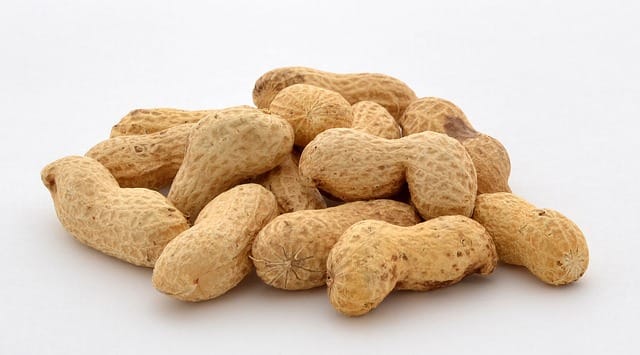


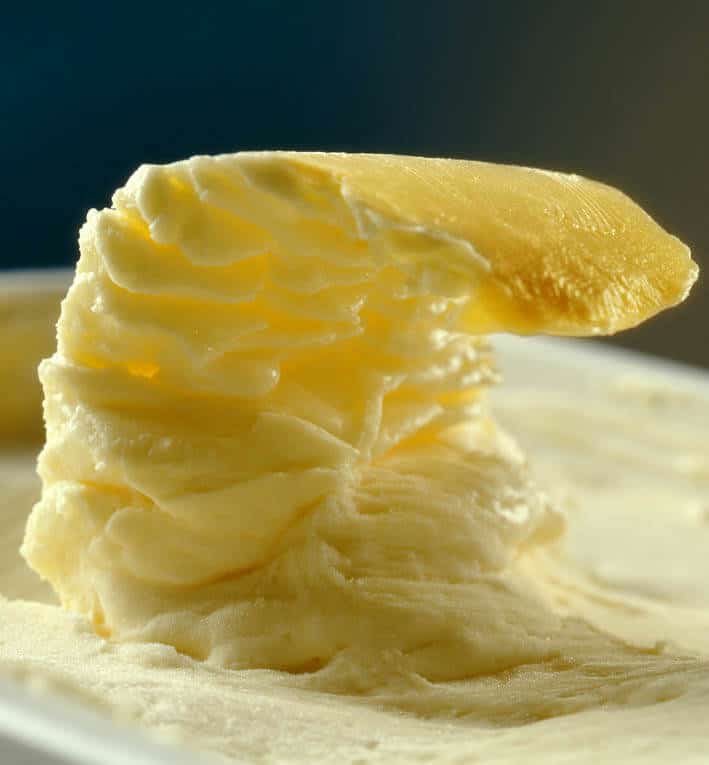



















Such a great post. So informative. Thanks!
Thanks Kimberly, This is a great guide! I stopped using canola and vegetable oils years ago, we now just use olive oils and coconut oils. Unfortunately since I was diagnosed with Celiac Disease several years ago I’m no longer able to tolerate dairy products except in tiny amounts, so no butter for me :( Have you read “Extra Virginity: The Sublime and Scandalous World of Olive Oil” ? I haven’t yet, but I’ve heard a few interviews with the author so I try to buy US olive oils if I can, not always an option in my grocery store though.
Yes, I am familiar with that olive oil “exposé.” I thought it was really troubling. Like you, after reading that we have only been using U.S. produced olive oil. As much as I would love to use the oils from the Mediterranean region it seems that there is way too much risk of them being adulterated.
Thanks for the guide! I never knew there was so much difference between oils!
You’re welcome, Sabrina! It’s true, there’s such a huge difference and most people don’t even think twice about it even though oil is something we most almost daily.
Very interesting article on oils! I use a lot of extra virgin olive oil, coconut oil, butter and animal fats… glad to know those aren’t horrible choices lol :)
Very interesting, i have been using grape seed oil for a while because it has a high cook point and does not seem to add flavor to a dish like olive oil or coconut oil do. Very information read, definitely want to try Avocado Oil now!
I just wanted to say that since reading this article I’ve almost exclusively been using coconut oil and butter for baking and avocado oil for cooking. Thanks again for this fantastic article!
Seems I’ve been making “mostly good choices” with the oils I use for cooking and baking. I’m keeping this guide handy for future reference.
Great! Thank you for this. I will throw away my canola oil as soon as I finish writing this.
If I could suggest something for your future articles: salt. I’ve been reading things about it lately that are quite contrary to what we normally think of salt. The article says that salt has no negative effect on the blood pressure for example and that drasticly reducing the salt intake would actually lead to complications and even death to those who already suffer from heart disease and than suddenly quit salt. As everybody in my family has problems with high blood pressure (including myself), I’d really like to know more what you think of it.
I’ve always used real butter…..good! I used to always use Canola oil…..bad! Now I use olive and coconut oils……good! It’s nice to know once and for all, the what and why of oils…..thank you!
Thank you I found the article very informative and will now look at cooking oils very differently.
Wonderful info. I am not sure what oils are good for high heat cooking?
Hi Leslie, the best oils for high heat cooking are coconut, avocado, macadamia and lard. Butter is fine for high heat baking, but because of the proteins in it, it burns when used for high heat frying.
Thanks so much.
Thank you for the wealth of information. I will be referring back to it from time to time, until I’m comfortable with the uses of each oil. To think there’s so much corn, soy and vegetable oils on the market which are mass produced. My children (computer techs) actually told me years ago to stay away from margarine. A lot here to digest.
Thank you for your informative article on oils. I now feel better about using butter. It has long been my favourite because it has so much flavour. I now use Coconut and Avocado oil when frying.
Your picture of seseme seeds look ever so much like sunflower seeds….
Just one question though. Some cake or muffin recipes require oil…..usually I would use sunflower as its neutral in taste. What could I substitute that with ?
I have the DA!e question. I generally use canola oil when making muffins or quick breads. What do you suggest?
Anji and Pat – for baking I mostly use butter and coconut oil. A neutral-tasting oil that is suitable for high heat cooking or baking is avocado oil. It’s expensive but a lot cheaper than macadamia oil (also suitable for high heat). We really love the flavor of the coconut oil and it’s not overpowering tasting in baked goods. Since it’s solid at room temperature it needs to be melted first before using. If you’re interested in trying some new recipes using coconut oil, type “coconut oil” in the search box at the top right of the page and you’ll find quite a few recipes to choose from. We buy ours at Trader Joe’s – it’s not only one of the cheapest brands on the market, it has also consistently made the “quality” check list even when more expensive brands have failed.
Great Artikel…thank you so much :)